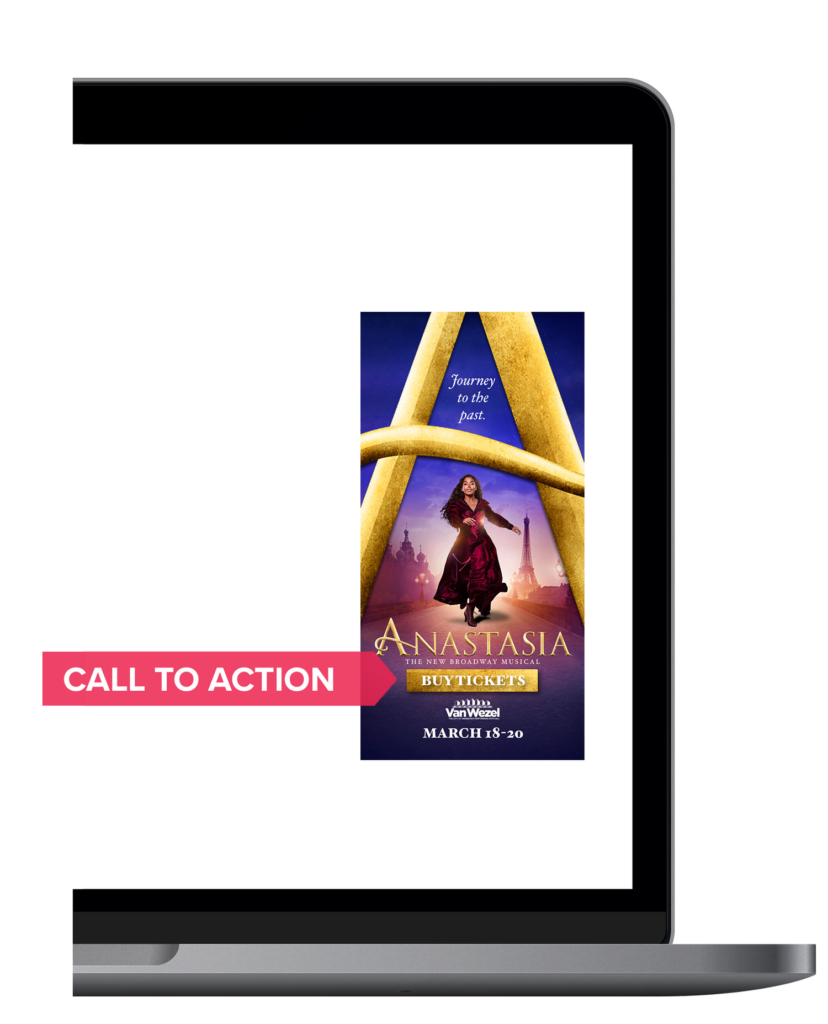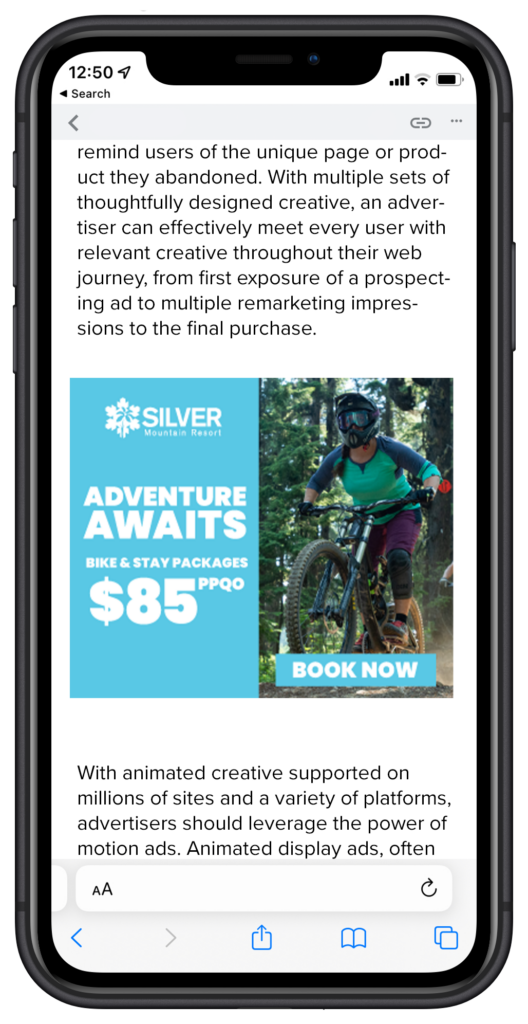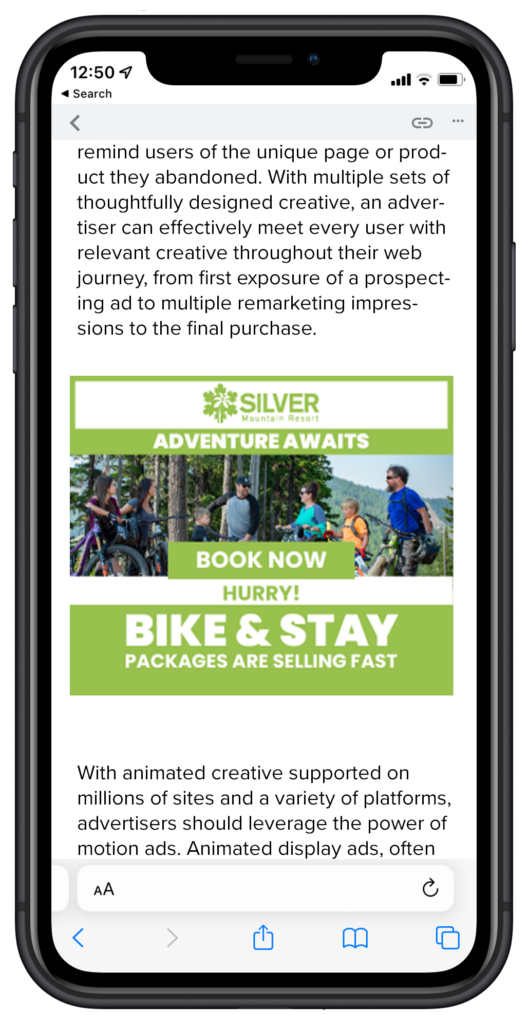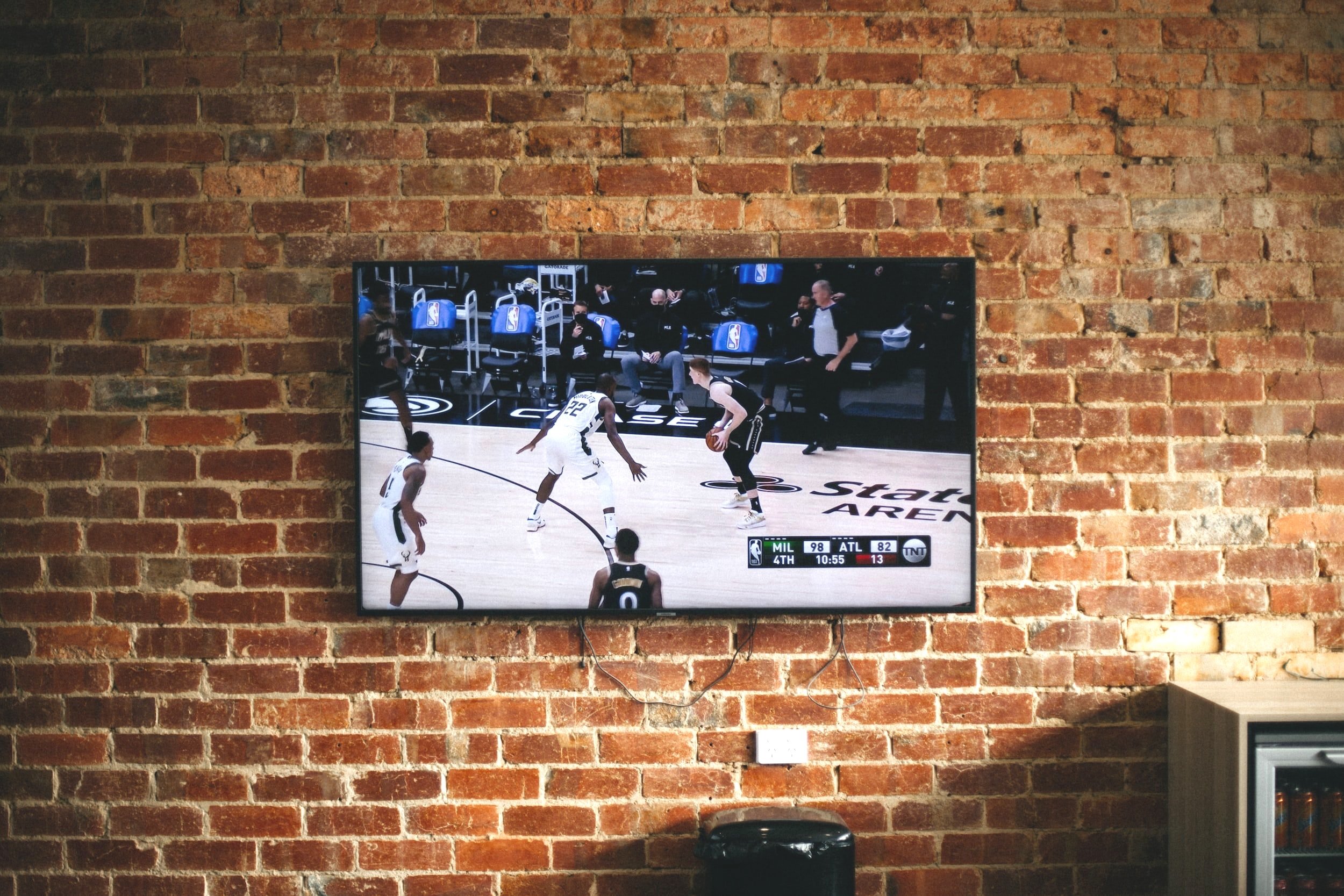t’s noisy out there. And more than ever, creative that engages your audience will drive engagement and performance for your display campaigns. Display advertising includes banner ads along the top, sides, bottom, or within the body of an ad-supported website. Poorly designed display ads can easily be overlooked in the sea of content that users are exposed to daily. However, understanding creative best-practices (and even a few hacks) can make your production process more efficient, less costly, and ultimately contribute to a more effective media campaign.
Know your top performing display sizes.
We consistently observe the following sizes are the true powerhouse creatives of most display campaigns. So…recommending!
Note: this list does not include all possible ad sizes. But we’re looking for consistency and placement value.
Standard Banner Sizes
160×600
300×600
300×250
336×280
970×250
728×90
Mobile Banner Sizes
320×100
320×50
300×100
300×50
468×60
Design your creative with the goal in mind.
Creative should be thoughtfully designed to be eye-catching, easy-to-understand, and aligned with an advertiser’s marketing goal. Using colors and motifs that coordinate with the landing page will create stronger brand recognition in a user’s mind. Limiting the complexity of images or text and designing an obvious and simple Call-to-Action button attracts users without confusing them. For example, mobile ads should have no more than 10 words in total, and two of them should say “CLICK HERE!” Specific design guidelines may vary depending on the goal of each individual set of creative, and whether they have a prospecting or remarketing purpose plays a large role in this. For prospecting creative, ads should be brand-focused and enticing, and users should be led to general pages from which they can explore a variety of the advertiser’s products/services. Remarketing creative, on the other hand, should be highly specific, as it is meant to remind users of the unique page or product they abandoned. With multiple sets of thoughtfully designed creative, an advertiser can effectively meet every user with relevant creative throughout their web journey, from first exposure of a prospecting ad to multiple remarketing impressions to the final purchase.



Prospecting creative showcases the product or service. Remarketing creative reminds users of the pages they have visited.
We like to watch it move. Leverage animation.

With animated creative supported on millions of sites and a variety of platforms, advertisers should leverage the power of motion ads. Animated display ads, often referred to as HTML5 ads, empower advertisers to tell a visual story and stand out among the crowd of competitors. These ads can be designed to play up to 30 seconds, though a short looping ad is better, and advertisers can provide users with slightly more information than a static ad allows for. Additionally, engaging features such as a hover-over button animation or products swiping through the ad can entice users and often contribute to higher clickthrough rates. Motion ads can also be very effective specifically for branding/prospecting campaigns, as a user can be immediately educated about an advertiser that they may have been previously unaware of. Considering all of these benefits, animated creative should not be overlooked.

If nothing else, a few key take-aways.
- While many display ad sizes exist, advertisers should invest in the production of only the most common and effective sizes.
- Designing creative according to an advertiser’s specific goal produces higher campaign results and contributes to brand recognition.
- Animated creative is more eye-catching and provides users more information.
Power Marketing – we do that!
Power Marketing’s design team leverages expertise in the creative process for a range of design needs, from simple versioning jobs (great for ticketing and entertainment clients) to more complex animated branding creative, our experienced designers have contributed time and time again to high-performing media campaigns.




